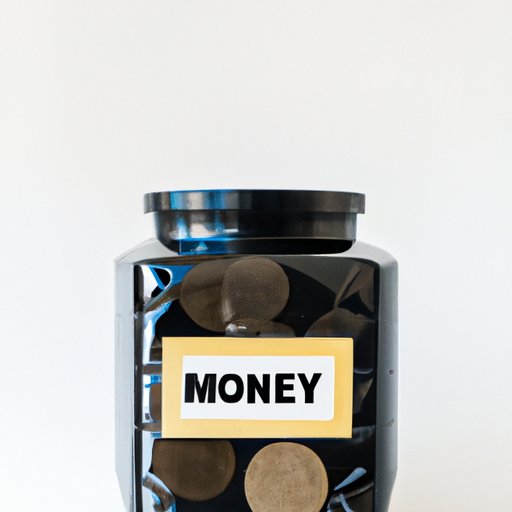
Introduction
When it comes to saving money, it’s easy to get caught up in the daily expenses of life and let long-term goals slip by the wayside. One solution is to incorporate a money box into your financial planning. Not only does it offer a place to stash away extra cash, but it can help cultivate a habit of regular saving. In this article, we’ll cover everything you need to know to make your own money box, including upcycling ideas, personalization tips, and the educational value of saving money.
Step-by-step tutorial
To make a basic money box, you’ll need some simple materials such as cardboard, scissors, paint or markers, and glue. The first step is to create a template for the box, which can be done using a ruler and pencil on the cardboard. Cut out the template using scissors, then fold along the lines to create a box shape. Glue the flaps together, and voila – you have a functional money box. For a more in-depth guide, check out our video tutorial below:
It’s important to remember to take proper safety precautions when working with sharp tools, such as scissors or cutting blades. Always work in a well-lit area, and supervise children when making their own money boxes.
Upcycling ideas
Making a money box doesn’t have to be an expensive hobby. Upcycling items from around the house can save money and reduce waste. For example, a jar can be transformed into a money box by painting it with a fun design and attaching a lid with a slot cut into it. An empty shoebox can be covered in decorative paper or fabric and a slit cut into the top for coins and bills. Other items that can be turned into unique money boxes include tin cans, retro lunch boxes, and wooden crates.
Personalization
Personalizing your money box can make it all the more special and motivational. Consider adding a label or tag with your savings goal, such as “Vacation Fund” or “Emergency Fund.” Another option is to paint or decorate the box with themes related to your goal, such as travel, gardening, or college. Get creative with stickers, markers, or decoupage, and let your imagination run wild.
Educational aspect
Saving money goes beyond simple penny-pinching. It’s an essential aspect of financial wellness, allowing people to take control of their money, pay off debt, and reach their long-term goals. To get started on a savings plan, consider setting specific financial goals and working backwards to create a budget that makes sense for you. Use online resources and apps to keep track of your spending and savings, and make adjustments as needed. For more tips on how to cultivate a savings habit, check out our article on Financial Planning 101.
Gift ideas
A money box can make a thoughtful and practical gift, especially when personalized for the recipient. Consider themes such as “Adventure Fund” for a friend who loves travel, or “New Home Fund” for newlyweds or new homeowners. Decorate the box with their name or favorite colors, and include a small note explaining the benefits of using a money box for savings.
Conclusion
Making a money box is a fun and practical way to take control of your finances and start saving. With our step-by-step tutorial, upcycling ideas, personalization tips, educational resources, and gift suggestions, you’ll be on your way to achieving your financial goals in no time.




